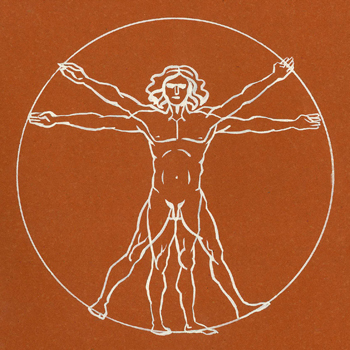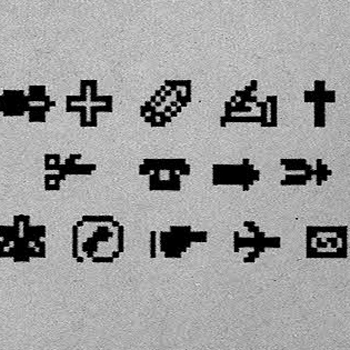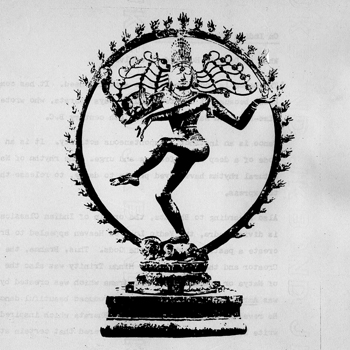Communication Design
Batch 1986-1988
(4 items)
Communication DesignBatch 1986-1988
(4 items)
(4 items)
by Dipankar Goswamy
by Raghu Kolli
Auditing communications means conducting a comprehensive review of communications in an organization or environment. Communication audits are necessary at various stages for most organizations. A new organization needs to establish communication channels with prospective clients and employees. A fast-growing organization needs to increase their communication and information handling capabilities at various levels to gear up for the future. Stagnant and bulky organizations need to dramatically increase their communication efficiency to cut down on further losses.
This study presents a general framework for carrying out a communications audit. Relevant key terms like information, communication, channels,systems," etc. are defined for uniform interpretation by readers. The proposed framework is woven around four attributes: physical or materials, tools, and equipment (the carriers of information); channels (the direction and flow of messages); noise levels or distortion (the quality of messages); and people (the sources and receivers of information). The framework basically deals with communication as a process of exchanging information. The content or coding of messages, perception, etc., which involves behavioral aspects of people, is an exhaustive subject by itself and beyond the scope of the proposal.
A communication audit could be conducted with specific objectives or within a limited scope and could be used as a basis for a brief to designers, a tool for management decisions, or a control mechanism for communication norms.
The proposed framework is illustrated with an existing situation in a small new organization: the CAD Center at IIT Bombay.
by Rajul Mehta
In India, classical dance is an important facet of the rich cultural heritage we possess. Centuries have shaped the destiny of this terpsichorean art, which has its roots in tradition.
As most Indian classical dance is interpretative, the use of visual symbols is highly pronounced. These symbols are stylized versions of common human symbols. There are different ways in which a single visual symbol can be applied to convey different ideas in a dance style or a school of dance. Besides, each dance style has evolved its own method of using symbolism.
All Indian classical dance styles have evolved from the comprehensive principles, systems, and techniques as expounded in Natya Shastra. Thus, in Part One, after a general discussion about the background, history, and themes of Indian classical dance, the next topic of discussion is the representation of visual symbols, the basic principles, along with explicit dance terminology, and dance speech.
Since the discussion on visual symbols in isolation would be quite ambiguous, Part Two deals with a description of the seven Indian classical dance styles in an effort to emphasize the important aspects and characteristics of each school. This includes the historical and cultural background and the technique. The relations among these sister-dance schools have also emerged in the process. Apart from Bharat Natyam, a description of the repertoire has been avoided in order to cut down on the length of the report.
Dance is a dynamic art. As everything in dance cannot be fully explained in words alone, a demonstration video tape has also been prepared. Because certain things have to be observed, learned, and enjoyed.
by Kavita Appachu
Rapid strides in technology are changing our world. are also changing our attitude toward things. of the West pervades every walk of life in almost every part of the world. One of the reasons may be the hi-tech package offered by the developed nations in the form of products. Underdeveloped nations are losing their identity because of this cultural invasion. What role does culture play in technology? has a very significant role to play because recent developments Each government has brought technology and culture very close, each in the direction of the other.
This is apparent in our country too, where we, a third-world nation, are trying hard to keep pace with the developed nations on all fronts. This manifests itself in our daily lives too, in the kinds of products we use and the way we use them. is a flood of products on the industrial, commercial, medical, and domestic scenes. Time-saving gadgets, space-saving devices, sensitive diagnostic equipment Most of them are the result of foreign collaborations and technology transfers.
It is true that a chair is to be sat on and a grinder grinds, be it in the West or in India. So where does Indianness come into all this, be it in the West or in India? So where does Indianness come into all this? All these statements are justified at a very basic level. Indianness does play a very important role in determining the functions of a product to be used in our country. To find out the extent of this, one has to delve deeper into what Indianness is.
Indianness is an oft-misquoted and misused term today and has come to have a number of connotations. Viewed in a holistic manner, it is probably an outlook or attitude towards life reflected in the way we live, our activities, and our approach to things in day-to-day life. It is ingrained in our subconscious and inherent in our society. Imbibed down the ages, it has its roots in the social, economic, cultural, religious, and political environments that we have lived through down the ages.



